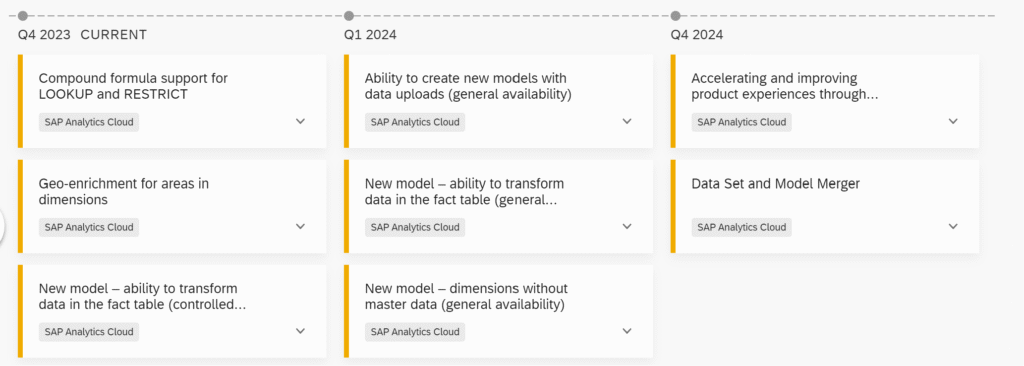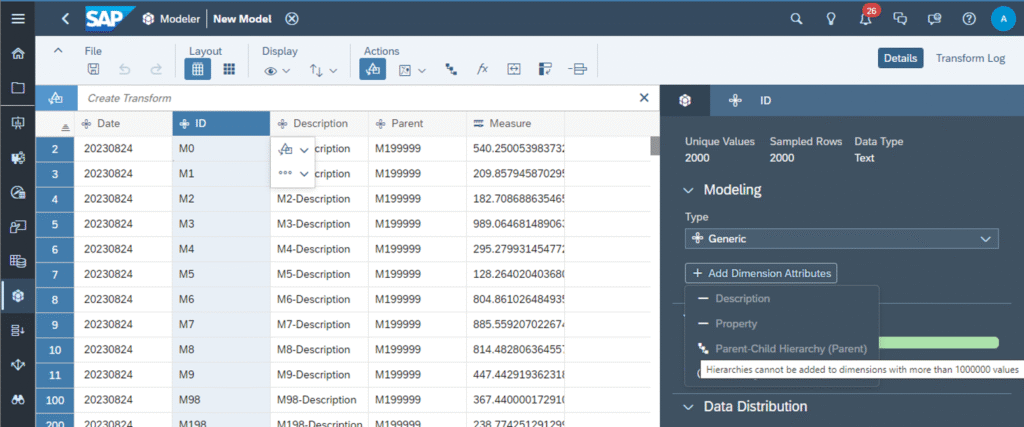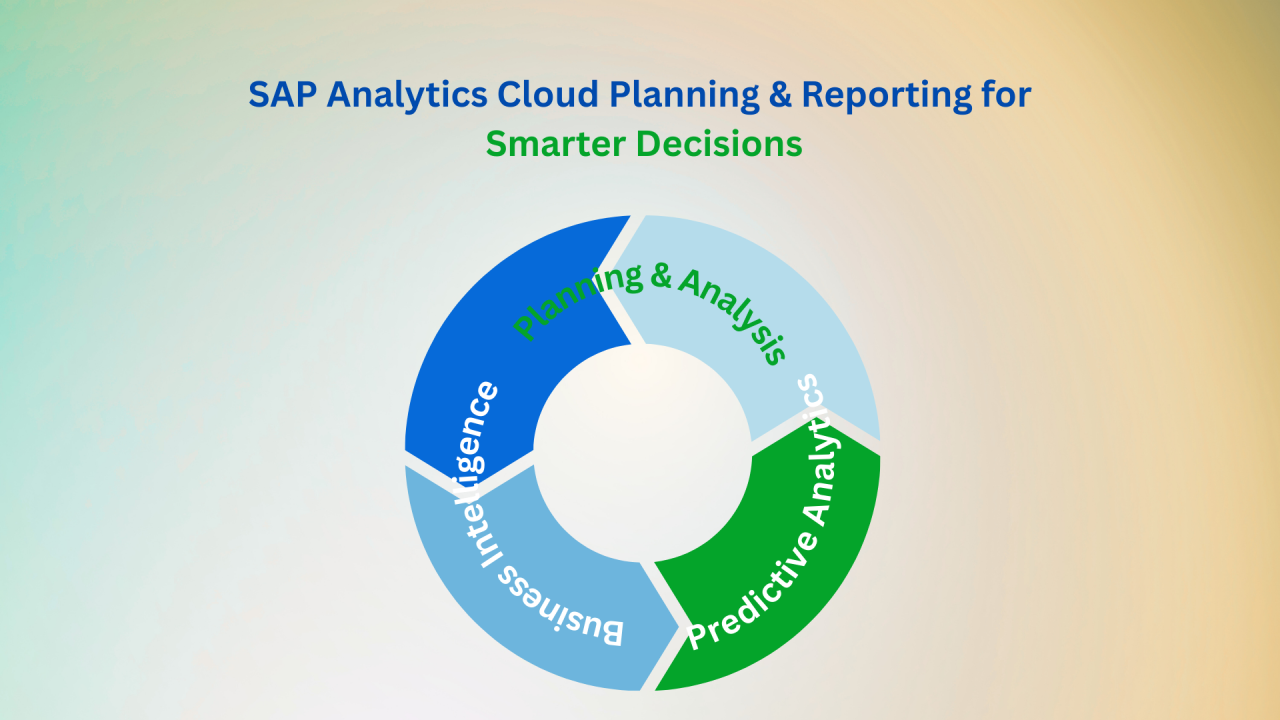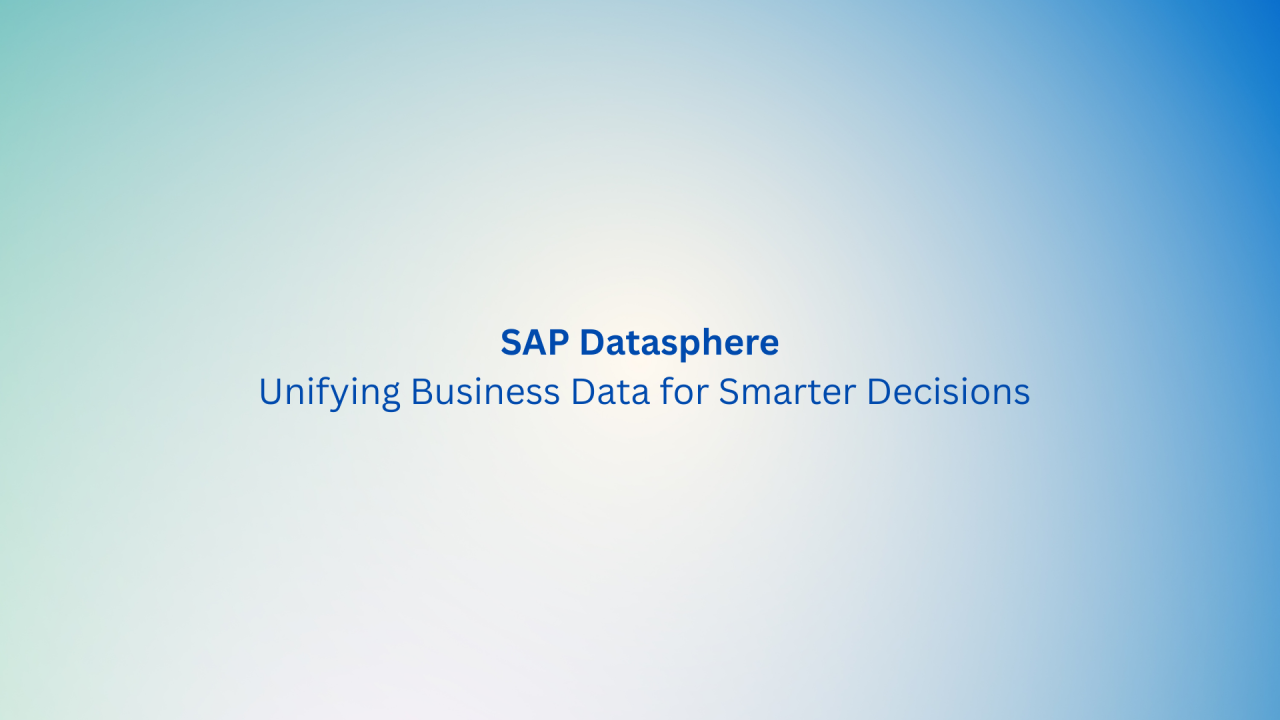SAP Analytics Cloud unites analytics and planning by seamlessly integrating with SAP applications and providing effortless access to various data sources. It empowers every member of your organization to make informed decisions confidently. Thanks to reliable insights and integrated planning.
In this newsletter, we aim to provide the new Data Modelling features offered in the SAP Analytics Cloud 2023. These features will become available with the QRC Q4 2023 release. Let’s dive into step by step.

Ability to create new models with data uploads
Enhance adaptability and responsiveness by enabling the ability to reconfigure data through the separation of data transformation from the import process. By doing so, you can modify or re-wrangle the data more easily as needed, which increases flexibility and agility in your data management processes.
Compound formula support for Lookup and Restrict
This feature enables the streamlining of calculation workflows by combining the LOOKUP, RESTRICT, YOY, SMA, and CAGR formulas with other formulas. The integration of these formulas into a single calculated measure eliminates the need for modelers to create multiple calculated measures to achieve the same outcome.
Example syntax:
- LOOKUP([Quantity], [d/Date]= ToPeriod(“Month”))
- RESTRICT([Sales], [d/Date]= ToPeriod(“Week”))
Geo-enrichment for areas in dimensions
The enhanced design functionality now includes the capability to incorporate Area Enriched Dimensions. This feature is available for stories created within the optimized story design experience, as well as for traditional stories that have been converted to the optimized interface.
Regarding model enhancements, the New Model type now offers the option to append different Geographical Properties to dimensions, whether they are Organization-specific or Generic. These properties encompass:
- Country / Region
- Region
- Sub-Region
NOTE: You cannot have multiple instances of “Region” for a single dimension; it is limited to one occurrence.
New Model – dimensions without master data
SAP Analytics Cloud introduces several features related to dimensions without master data, offering enhanced modeling flexibility. These features include creating dimension hierarchies, transitioning dimensions to have master data, incorporating timestamps, and enabling planning on dimensions without master data. This initiative aims to make modeling workflows more agile and self-service models adaptable to planning models.

Support for larger parent-child hierarchies
When using wrangling to import members within parent-child hierarchies, the previous restriction of 150,000 dimensions has been eliminated. Now, the broader limit of accommodating up to 1 million members is in effect.
Conclusion
In conclusion, SAP Analytics Cloud plays a crucial role in integrating analytics and planning, offering seamless access to data sources within the SAP ecosystem. This empowers all members of your organization to make confident, well-informed decisions based on dependable insights and integrated planning.
In this newsletter, our focus is on unveiling the latest Data Modelling features slated for release in SAP Analytics Cloud 2023. These enhancements are set to become accessible as part of the QRC Q4 2023 release, and we will explore them in detail step by step.
If you want to get more information to see, if SAP Group Reporting is suitable for your requirements, we are happy to provide you with more insights with a live demonstration.





